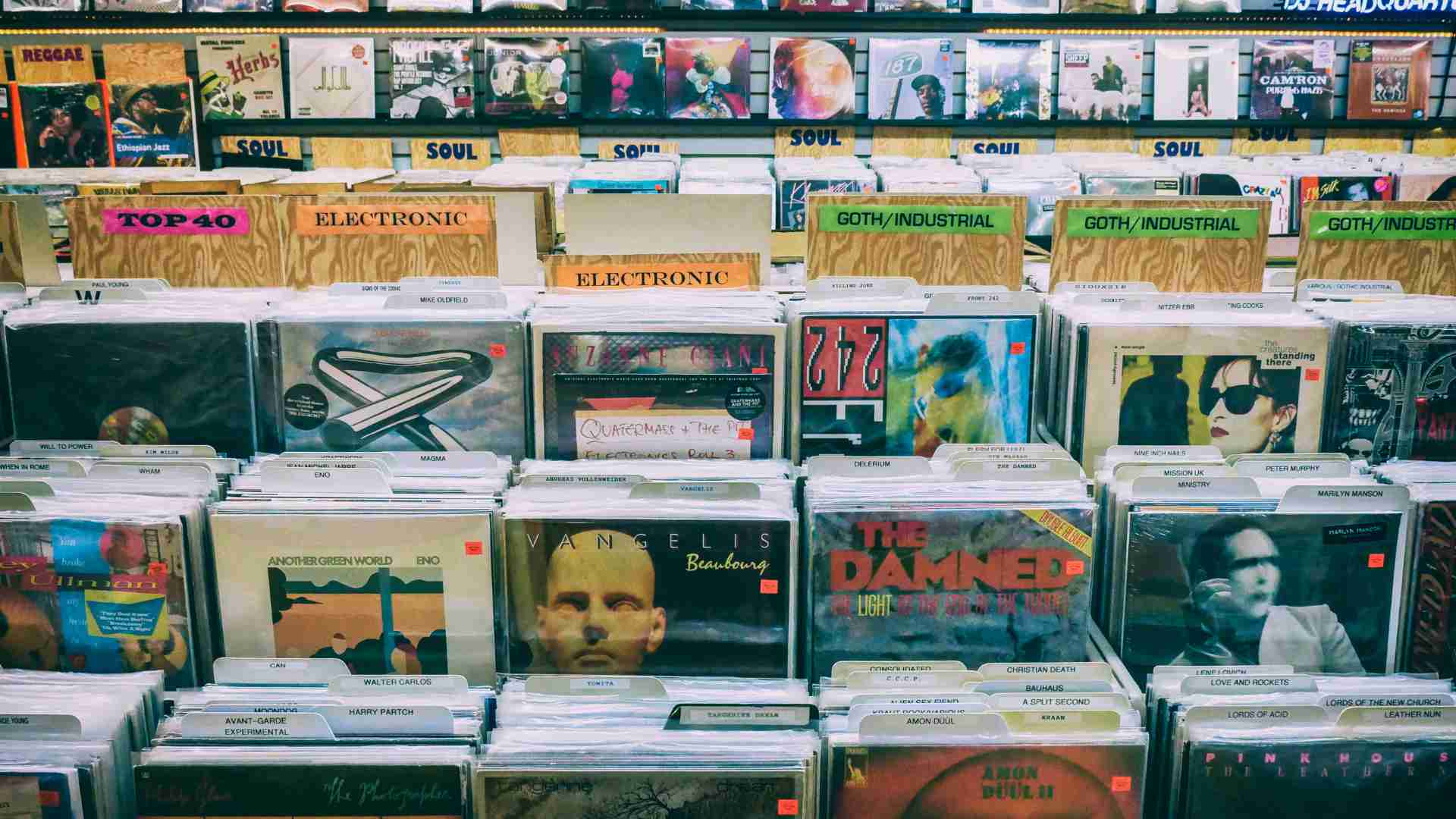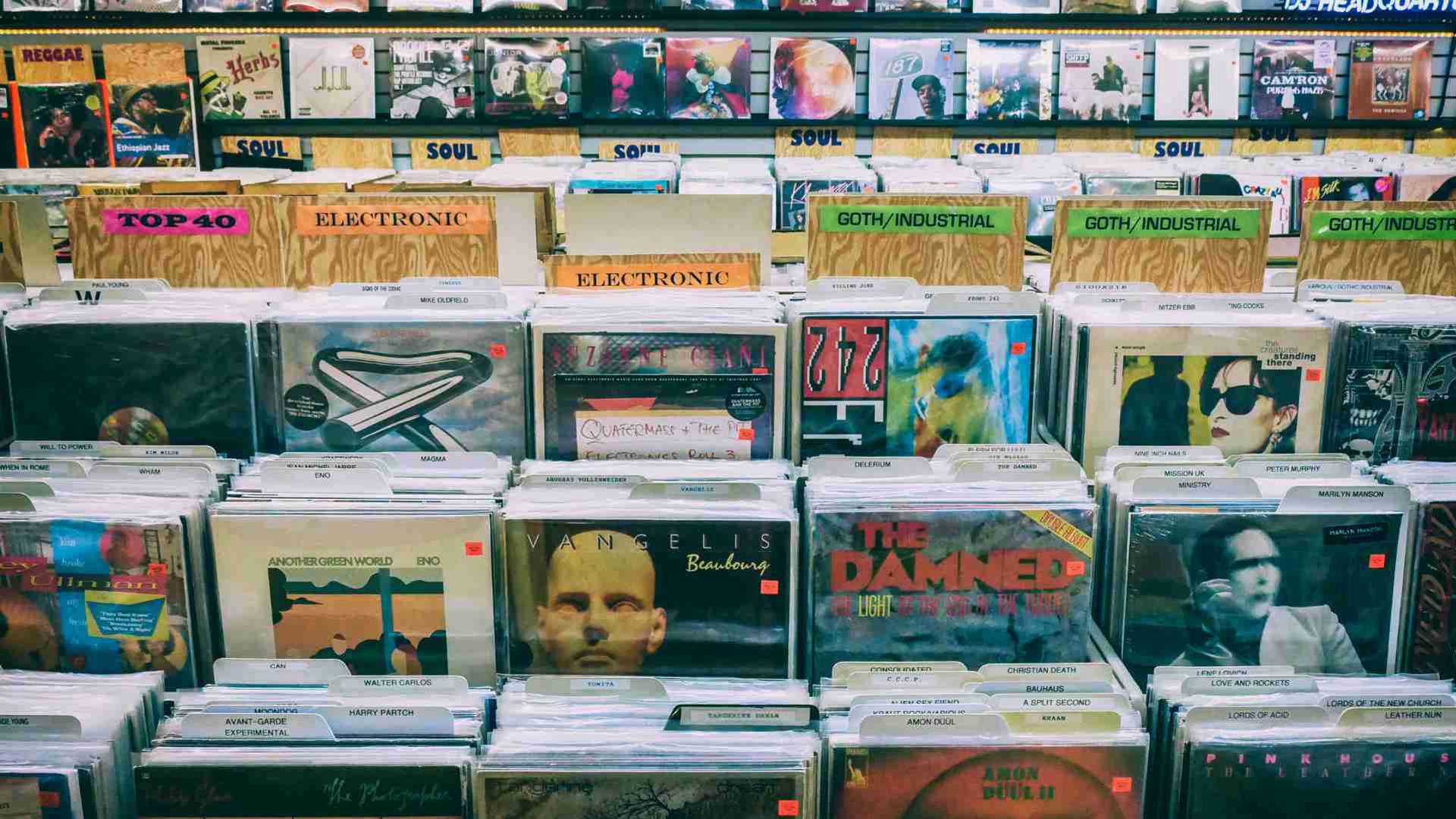
Collaboration is one of the most powerful ways for emerging artists to grow creatively and reach new audiences. Working across genres adds another layer of opportunity. It allows you to explore fresh sounds, challenge your comfort zone, and attract listeners who may never have discovered your music otherwise.
1. WHY CROSS-GENRE COLLABORATION MATTERS
Music today thrives on blending styles. Pop merges with hip-hop, classical influences appear in electronic music, and rock bands sample trap beats.
- Learn new creative approaches
- Build relationships beyond your immediate circle
- Expand your audience by combining fanbases
Some of the most successful artists built their careers through unexpected partnerships.
2. FINDING THE RIGHT PARTNER
Effective collaborations start with mutual respect and compatible creative goals.
- Choose artists whose sound complements, not duplicates, your own
- Look for overlap in audience, tone, or message
- Meet collaborators through open mics, showcases, or digital communities
3. DEFINE THE VISION EARLY
Clear communication upfront helps the final track feel cohesive.
- What emotion or story should the song express?
- How will the genres blend and interact?
- Who is responsible for writing, production, mixing, and promotion?
4. RESPECT EACH OTHER’S STRENGTHS
Each artist brings a unique set of skills. Let every contributor shine in their strongest areas.
A balanced approach gives the track its exciting fusion quality.
5. KEEP COMMUNICATION CLEAR
Share ideas and drafts openly. Provide feedback respectfully and stay receptive to suggestions.
Use shared folders and project tools to coordinate smoothly.
6. BLEND, DO NOT OVERCROWD
Fusion works best when elements complement one another rather than compete.
- Acoustic instruments with electronic beats
- Soulful vocals over a pop rhythm
- Ethnic percussion in modern dance tracks
Give each sound room to breathe to avoid clutter.
7. HANDLE CREDITS AND ROYALTIES
Agree in writing on key rights before release.
- Master ownership
- Publishing and songwriting splits
- Distribution responsibilities
Clarity early prevents issues later.
8. PROMOTE TOGETHER
Collaborative releases deserve collaborative promotion.
- Post teasers and updates from both accounts
- Tag each other in content
- List the track under both artists on streaming platforms
A united campaign doubles reach.
9. LEARN FROM THE EXPERIENCE
Each collaboration teaches you about music, teamwork, and your own approach.
Apply lessons to make future projects even stronger.
10. KEEP THE RELATIONSHIP ALIVE
Continue supporting each other after release. Share future work, stay in touch, and consider new opportunities to create together.
Cross-genre collaboration broadens your creativity and your community. When artists combine strengths, they build something neither could achieve alone.






